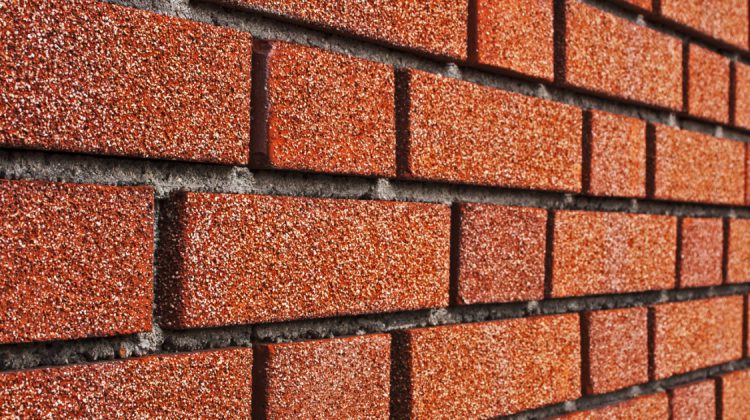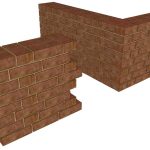English Bond
English bond consists of alternate course of headers and stretches. In this English bond arrangement, vertical joints in the header courses come over each other and the vertical joints in the stretcher course are also in the same line. For the breaking of vertical joints in the successive course it is essential to place queen closer, after the first header in each heading course. The following additional points should be noted in English bond construction:
(1) In English bond, a heading course should never start with a queen closer as it is liable to get displaced in this position.
(2) In the stretcher course, the stretchers should have a minimum lap of 1/4th their length over the headers.
(3) Walls having their thickness equal to an even number of half bricks, i.e., one brick thick wail, 2 brick thick wall, 3 brick thick wall and so on, present the same appearance on both the faces, i .e. a course consisting of headers on front face will show headers on the back face also.
Isometric view of 1½ brick wall in English bond is shown below,

(4) In walls having their thickness equal to an odd number of half brick, i.e. 1½ brick thick walls or 2½ brick thick walls and so on, the same course will show stretchers on one face and headers on the other.
(5) In thick walls the middle portion is entirely filled with header to prevent the formation of vertical joints in the body of the wall.
(6) Since the number of vertical joints in the header course is twice the number of joints in the stretcher course, the joints in the header course are made thinner than those in the stretcher course.


